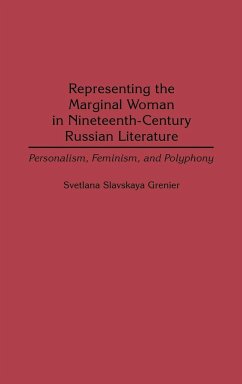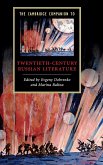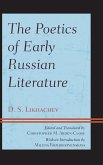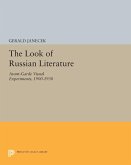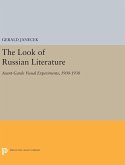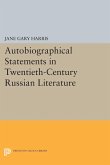Gender-oriented studies of 19th-century Russian literature have struggled with how to determine the feminism or misogyny of particular authors. This book argues that in order to make this determination, we need to engage with the poetics of the text rather than rely on the author's stated views. By focusing on the character type of the ward, or young female dependent, this book examines the narrative strategies used by such writers as Pushkin, Zhukova, Tolstoy, Herzen, and Dostoevsky to represent socially marginal women in their works. Drawing on the theories of Bakhtin, the volume analyzes the degree to which female characters are presented as subjects who actively think and perceive, rather than as passive objects who are thought of and perceived by men. In a polyphonic novel, authors enter into dialogic relationships with their characters; they depict them as unfinalizable persons, unfathomable and unpredictable, capable of the full range of human activity and emotion. The extent to which this polyphony incorporates women's voices is an accurate gauge of the feminism or misogyny of individual writers.
Hinweis: Dieser Artikel kann nur an eine deutsche Lieferadresse ausgeliefert werden.
Hinweis: Dieser Artikel kann nur an eine deutsche Lieferadresse ausgeliefert werden.

